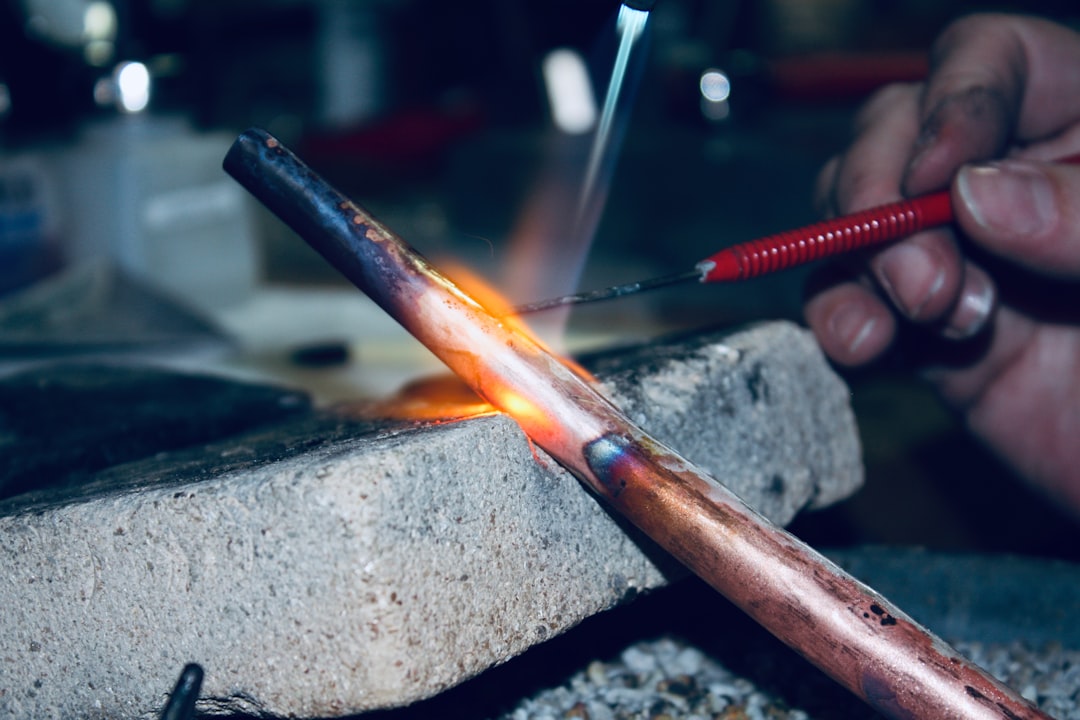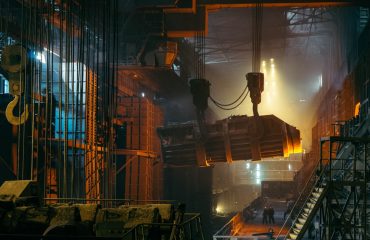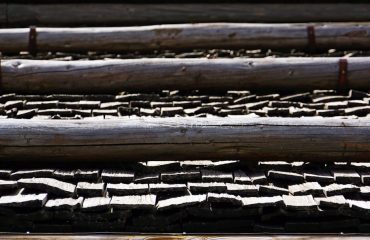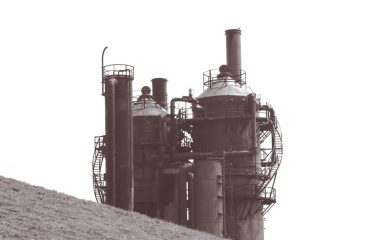Pipe bending and straightening are crucial processes in various industries, from construction and manufacturing to plumbing and oil and gas. Whether you need to create a precise curve or restore a damaged pipe to its original form, understanding the available solutions is vital for efficiency and quality. This comprehensive guide will delve into the different methods, tools, and considerations involved in achieving perfect bends and straight pipes.
1. Understanding Pipe Bending Techniques
Several techniques exist for bending pipes, each suited to different pipe materials, diameters, and desired bend radii. The choice of method significantly impacts the final product’s quality and integrity. Let’s explore some common methods:
- Manual Bending: This method uses hand tools like pipe benders, which are suitable for smaller diameter, softer pipes. It’s a cost-effective option for small-scale projects but can be labor-intensive and less precise for larger pipes.
- Hydraulic Bending: This involves using a hydraulic pipe bender, a powerful machine that exerts controlled pressure to bend pipes accurately. It’s ideal for larger diameter pipes and allows for precise control over the bend radius and angle. Hydraulic benders are commonly used in industrial settings.
- Roll Bending: This technique uses a series of rollers to gradually bend the pipe. It’s suitable for long, continuous bends and is often used for large-diameter pipes in applications like structural steelwork.
- Press Bending: This method employs a press to bend the pipe, offering high precision and repeatability. Press bending is often preferred for complex bends and specialized applications.
Choosing the right bending technique depends on factors like pipe material, diameter, desired bend radius, and the overall project requirements. Consider the level of precision needed and the available resources when making your selection.
2. Essential Tools for Pipe Bending and Straightening
The tools required for pipe bending and straightening vary depending on the chosen method. Here are some essential tools:
- Pipe Benders (Hand and Hydraulic): These are the core tools for bending pipes, offering different levels of power and precision.
- Pipe Wrenches: Used for securing and rotating pipes during the bending process.
- Measuring Tapes and Angle Finders: Essential for ensuring accurate measurements and angles.
- Pipe Straighteners: These tools, ranging from simple hand-operated models to powerful hydraulic presses, are used to correct imperfections in straight pipes.
- Supporting Structures: Workbenches, vises, and other supports are crucial for maintaining stability during bending and straightening.
- Safety Gear: Gloves, eye protection, and appropriate clothing are essential to prevent injuries.
Investing in high-quality tools is crucial for achieving precise and safe results. Ensure your tools are appropriately sized and rated for the type of pipe you’re working with.
3. Pipe Material Considerations
The material of the pipe significantly influences the bending and straightening process. Different materials have varying levels of flexibility and ductility:
- Steel Pipes: Generally require more force to bend and are prone to cracking if bent too sharply. Hydraulic bending or press bending is often preferred for steel pipes.
- Copper Pipes: More malleable than steel, allowing for easier bending using hand tools or less powerful hydraulic benders.
- Aluminum Pipes: Relatively easy to bend but can be susceptible to kinking if not handled carefully. Proper support is essential during bending.
- PVC Pipes: These plastic pipes are easily bent using heat or specialized pipe benders. However, excessive heat can damage the pipe.
Understanding the properties of your pipe material is crucial for selecting the appropriate bending and straightening techniques and tools. Consult material specifications to determine the best approach.
4. Straightening Bent Pipes: Methods and Techniques
Straightening bent pipes requires careful consideration to avoid causing further damage. Several methods exist, each with its own advantages and limitations:
- Manual Straightening: For minor bends, using a hammer and a sturdy surface can be effective. However, this method requires skill and precision to avoid causing more damage.
- Hydraulic Pipe Straighteners: These powerful machines are ideal for straightening severely bent pipes. They exert controlled force to gradually straighten the pipe without causing damage.
- Three-Roll Straighteners: These machines use three rollers to progressively straighten the pipe. They are commonly used for straightening long lengths of pipe.
- Heat Straightening (for certain materials): Applying heat to the bent area can sometimes help relax the metal and allow for easier straightening. This method should only be used with materials suitable for heat treatment.
The choice of straightening method depends on the severity of the bend, the pipe material, and the available resources. Always prioritize safety and take necessary precautions.
5. Safety Precautions During Pipe Bending and Straightening
Safety should be the top priority throughout the entire process. Here are some essential safety precautions:
- Wear appropriate personal protective equipment (PPE): This includes safety glasses, gloves, and sturdy clothing.
- Use properly maintained tools and equipment: Ensure all tools are in good working order and are rated for the task at hand.
- Secure the pipe properly: Prevent the pipe from slipping or moving during bending or straightening.
- Use caution with hydraulic equipment: Hydraulic benders and straighteners can exert significant force. Follow all safety instructions and warnings.
- Work in a well-ventilated area: Certain bending processes may produce fumes or dust.
- Never work alone: Always have someone nearby in case of an accident.
By following these safety precautions, you can minimize the risk of injury and ensure a safe and productive work environment.
By understanding the various techniques, tools, and safety considerations involved in pipe bending and straightening, you can ensure efficient and high-quality results in your projects. Remember to always prioritize safety and choose the appropriate methods based on your specific needs.
Tags: pipe bending, pipe straightening, hydraulic pipe bending, pipe bending tools, pipe straightening techniques




